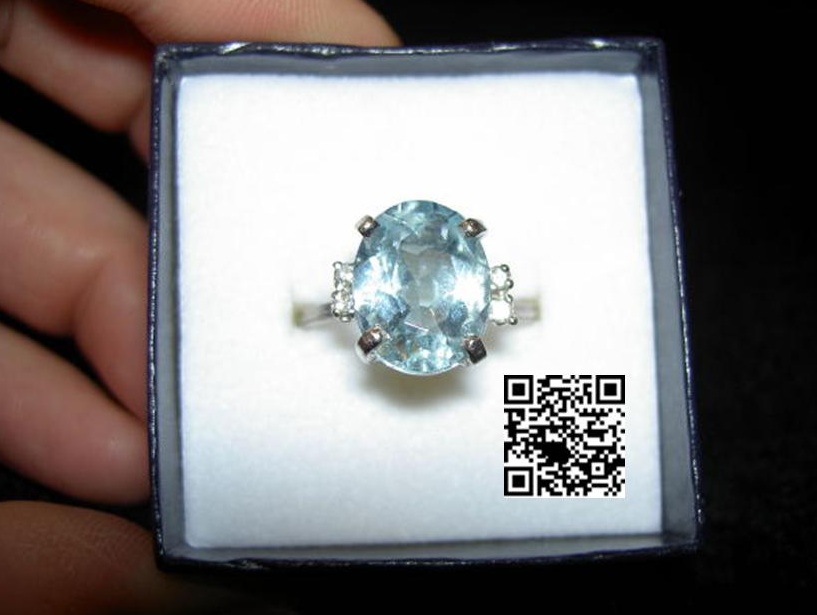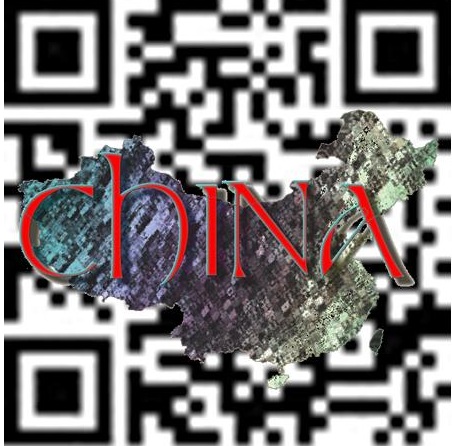Scanning the barcodes provides the device users with specific information about the unique piece.
The International Gemological Institute (IGI) has just revealed that it will be providing QR codes, from now on, for each piece of jewelry that it certifies, so that the barcodes can be scanned.
When the barcode is read by a smartphone, the device users will also be able to view the IGI report on the piece.
The QR codes are intended to be helpful on a number of levels. The IGI is hoping that sales associates will be able to scan them in order to be able to obtain relevant gemological grading information that they can then communicate to potential customers. They share data about the color, cut, carat, and clarity (often referred to as the 4 C’s), and can also be used to authenticate precious metals.
The QR codes will also be helpful to customers who can verify the quality and claims veracity of an item.
The IGI will now be assigning a QR code with the issuance of each IGI Seal of Inspection/Standard of Exc ellence, as a step in the certification process. Each article will be affixed with its relevant barcode. Just as has previously been the case, it will still be possible to obtain hard copy reports on any jewelry that has been certified by the organization. These barcodes will simply provide an immediate link to the information that can be accessed wherever the device user may be.
ellence, as a step in the certification process. Each article will be affixed with its relevant barcode. Just as has previously been the case, it will still be possible to obtain hard copy reports on any jewelry that has been certified by the organization. These barcodes will simply provide an immediate link to the information that can be accessed wherever the device user may be.
According to Jerry Ehrenwald, the president and CEO of the IGI, “We are eager to bring additional benefit to both retailers and consumers by offering a real-time way to access a unique IGI report, as this is a crucial step in the fine jewelry buying process.”
The QR codes were first demonstrated by the IGI at the JCK Las Vegas Show, at the organization’s booth. An appointment had to be scheduled in order to be able to see the demo. The organization was first established in 1975 in Antwerp. It is now the largest independent certification institute worldwide. It has offices in major cities all across the globe.
 The near invisible quick response barcodes are looking for Chinese local investors and partners.
The near invisible quick response barcodes are looking for Chinese local investors and partners.
Israeli startup, Visualead, has just announced that it has launched its near-invisible QR codes in China, and that it is now looking for investors and partners in that country.
These barcodes are unique because of the fact that they are nearly invisible but highly scannable.
This helps marketers to overcome their current concerns with the fact that QR codes take away from the visual appeal of their advertisements. Visualead’s launch in China has been a very strong one as it began its entry to that market by becoming the winner of the Growth Stage Competition at a worldwide mobile internet conference last week.
The near invisible QR codes company is very positive about its launch in China and its successes so far.
According to Uriel Peled, the CMO of Visualead, “It’s very exciting”. Now that the company has won a quite a notable award, it intends to continue to make a big splash in the country by helping brands, marketers, and others to apply its QR codes technology in order to be able to improve communication between them and consumers in China.
Visualead was first launched in January. It functions by giving everybody the chance to generate QR codes through the uploading of a photo onto the website, merging the image and the barcode together. This is considerably different from the older versions of the barcodes which were limited to a black and white square made up of pixels.
The benefit of the Visualead nearly invisible barcodes, says the company, is that their highly improved visual appeal will help to encourage consumers to scan them. This is because they are more attractive and are therefore more likely to build engagement with the people who see them and who carry smartphones.
Though the generation of the QR codes is a part of a free service, Peled has said that the company has intentions to broaden its premium service. That is a paid version geared toward small businesses and enterprises, which can buy their barcodes for use on virtually any kinds of print materials, including retail products, banners, and brochures.
 ellence, as a step in the certification process. Each article will be affixed with its relevant barcode. Just as has previously been the case, it will still be possible to obtain hard copy reports on any jewelry that has been certified by the organization. These barcodes will simply provide an immediate link to the information that can be accessed wherever the device user may be.
ellence, as a step in the certification process. Each article will be affixed with its relevant barcode. Just as has previously been the case, it will still be possible to obtain hard copy reports on any jewelry that has been certified by the organization. These barcodes will simply provide an immediate link to the information that can be accessed wherever the device user may be.
 The near invisible quick response barcodes are looking for Chinese local investors and partners.
The near invisible quick response barcodes are looking for Chinese local investors and partners.